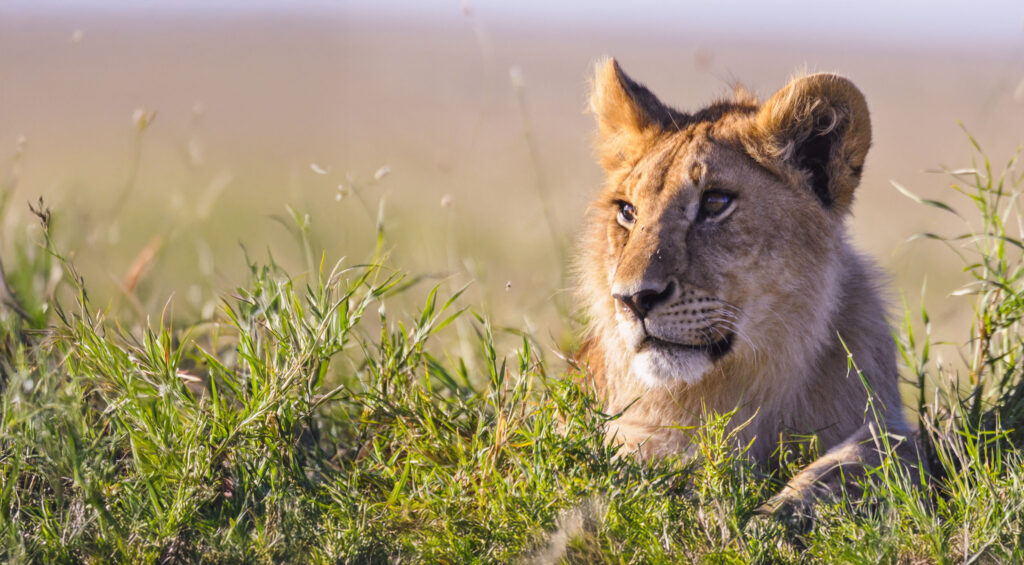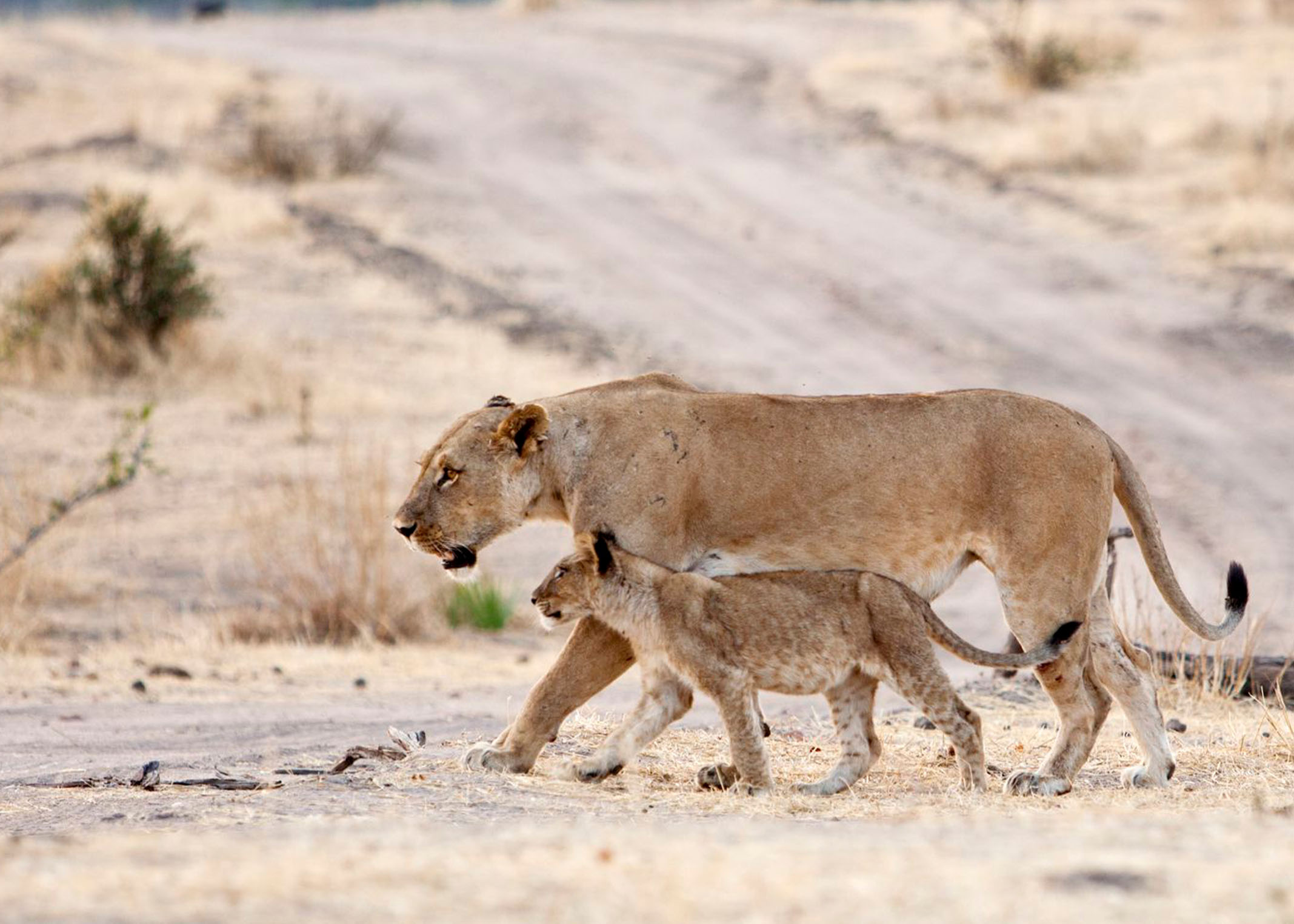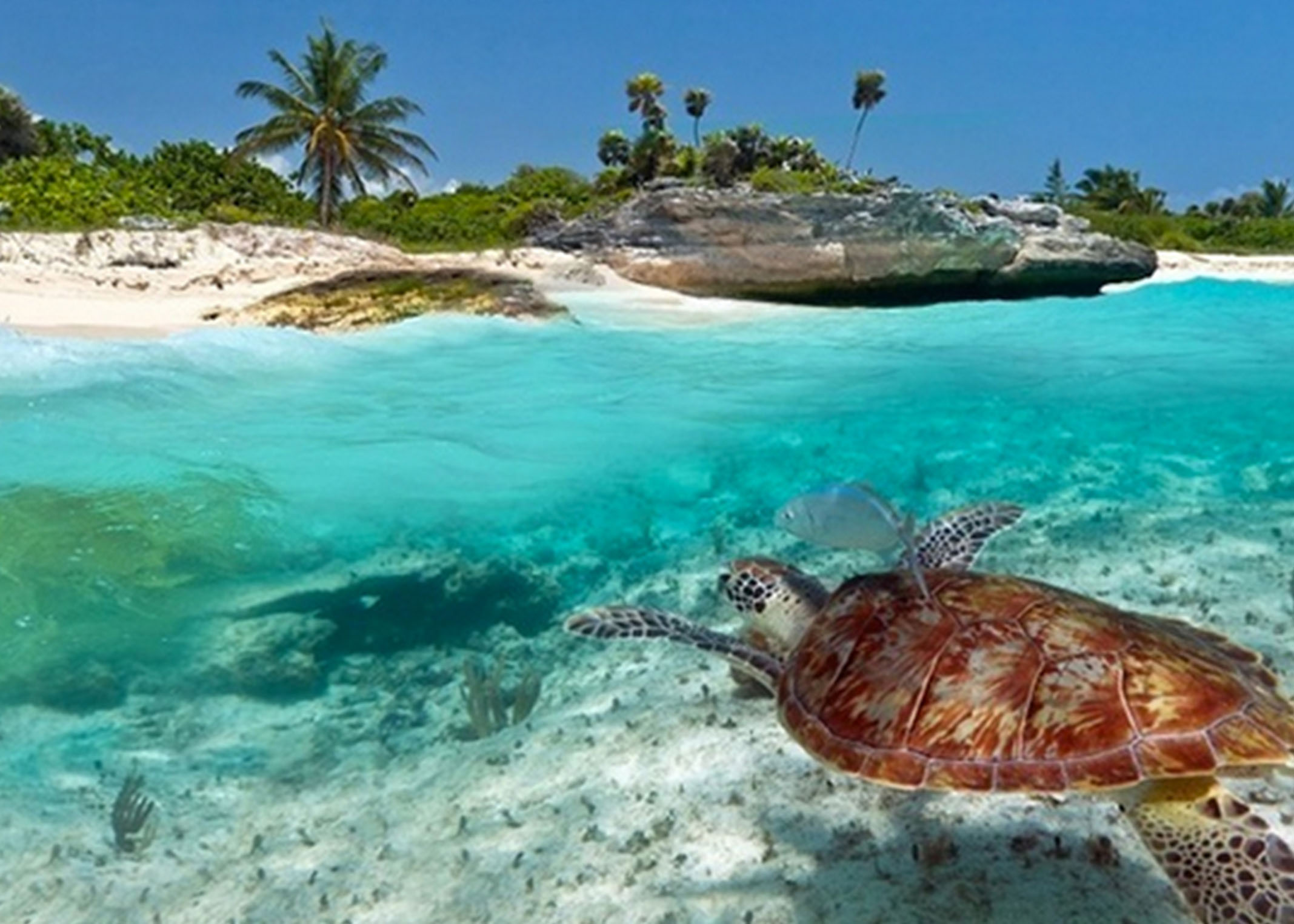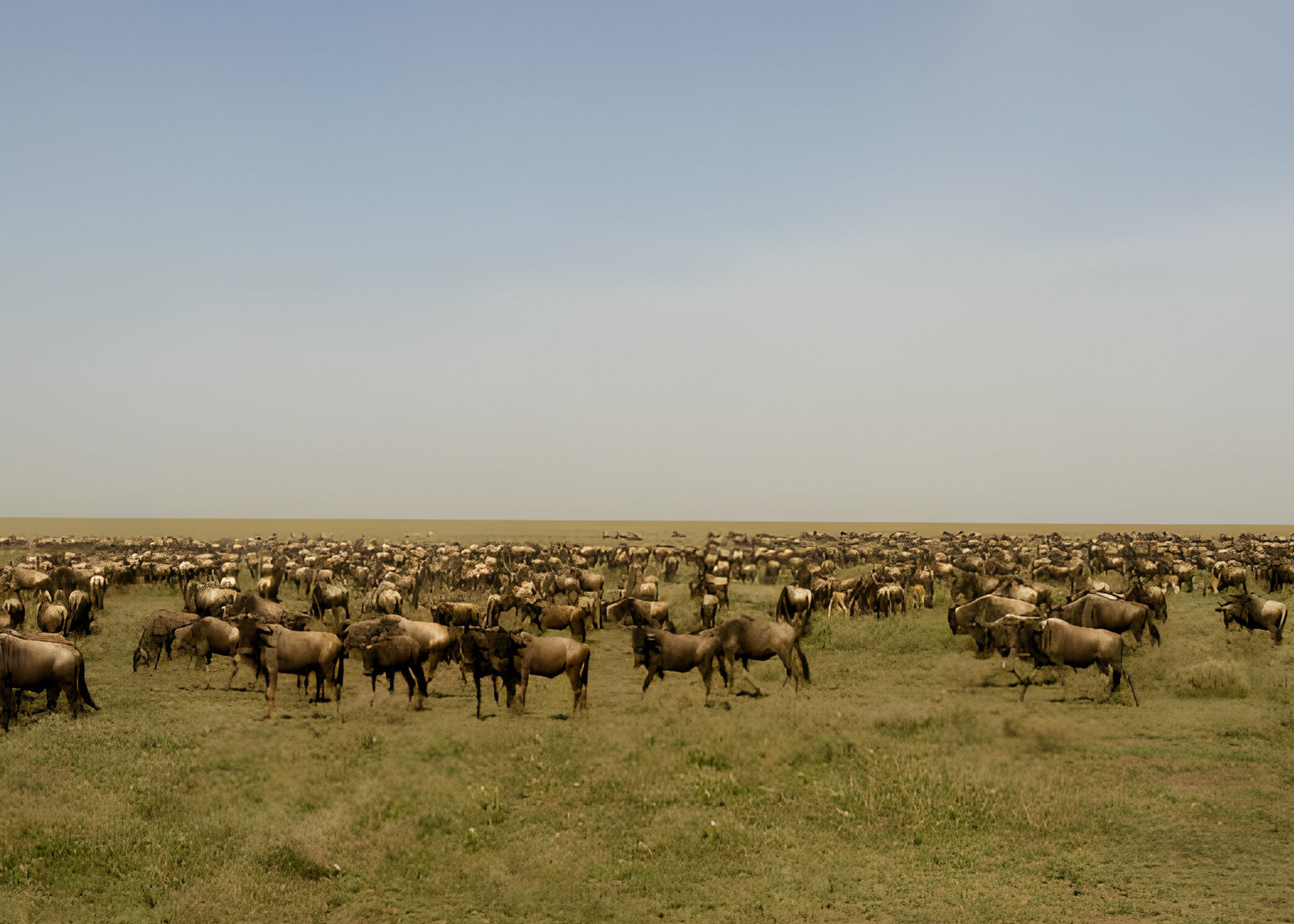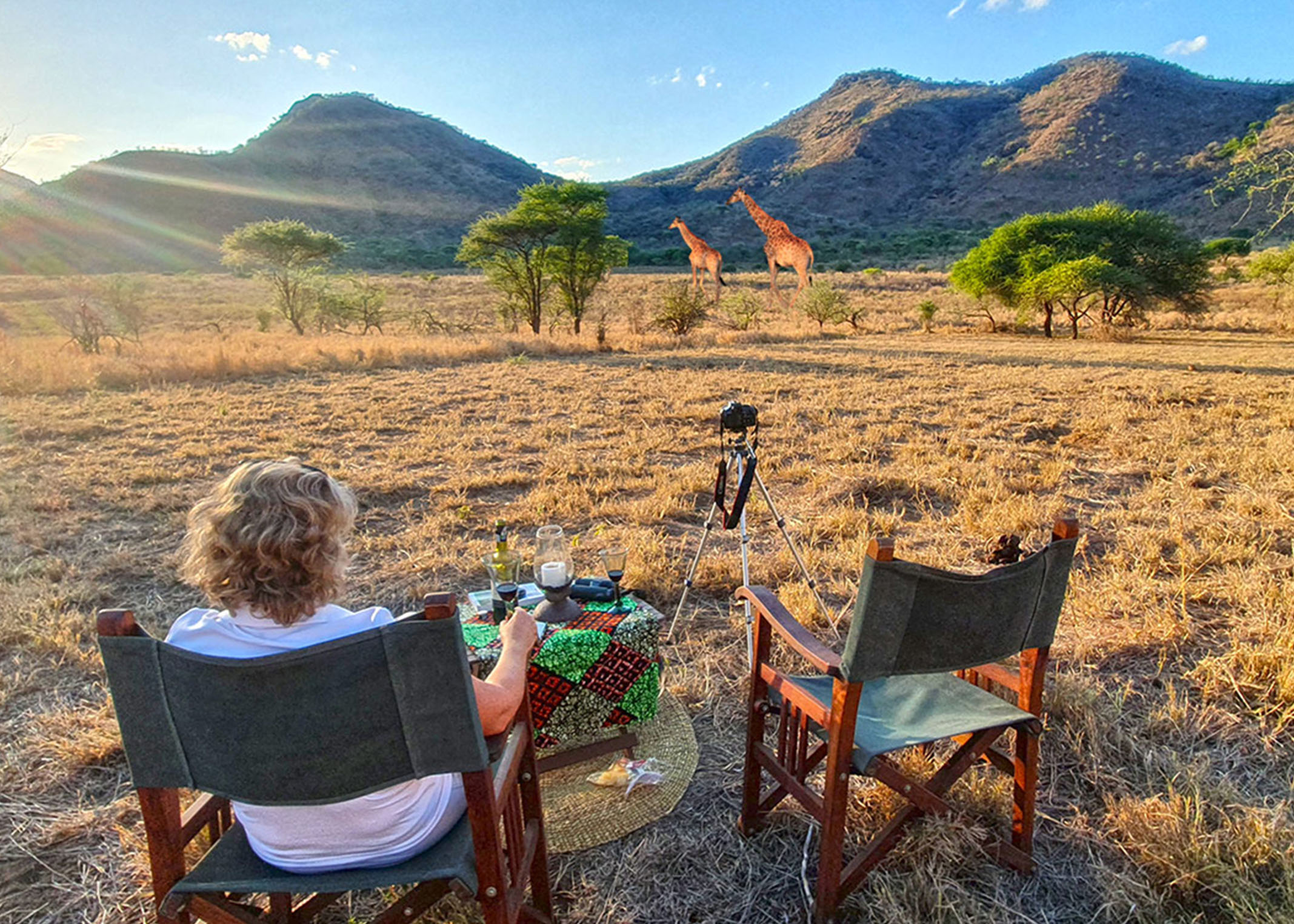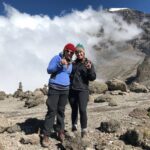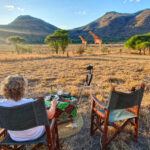The park boasts a rich variety of wildlife, making it a prime destination for safari enthusiasts. Its diverse habitats, ranging from grassland to swamps and woodlands, support an array of species. Iconic African animals such as elephants, lions, leopards, and buffalo roam freely within the park boundaries. Additionally, Tarangire is renowned for its large herds of elephants, often seen gathering near waterholes. Other common sightings include zebras, giraffes, wildebeests, and various antelope species.
Embarking on a safari to Tarangire National Park with Untamed East Africa Safaris promises an unforgettable adventure. The safari experience typically begins with a scenic drive from Arusha, offering glimpses of rural Tanzanian life and the stunning landscapes of the Great Rift Valley. Upon reaching the park, knowledgeable guides lead visitors on game drives through the park’s diverse terrain, sharing insights into the local flora and fauna.
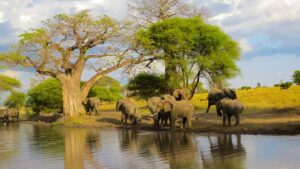
Untamed East Africa Safaris offers personalized safari experiences tailored to the preferences of their guests. Whether travelers seek close encounters with wildlife, birdwatching opportunities, or simply wish to immerse themselves in the natural beauty of the Tanzanian wilderness, the company ensures an enriching and memorable journey. With expert guides at the helm, visitors have the chance to witness the drama of predator-prey interactions, marvel at the vast herds of elephants, and capture stunning photographs of the landscape and its inhabitants.
Accommodation options range from luxury lodges to tented camps, each offering a unique blend of comfort and immersion in nature. Guests can relax and unwind after exhilarating game drives, enjoying delicious meals prepared with locally sourced ingredients and sharing stories of the day’s adventures around the campfire. As night falls, the sounds of the African bush provide a captivating soundtrack to the safari experience.
In addition to game drives, Untamed East Africa Safaris may offer optional activities such as guided nature walks, cultural visits to nearby communities, or hot air balloon safaris for a bird’s eye view of the park’s vast plains and meandering rivers. These experiences provide deeper insights into the rich tapestry of life in Tarangire National Park and the surrounding areas.
As the safari draws to a close, travelers depart with lasting memories of their time in Tarangire, captivated by the park’s natural wonders and the unparalleled beauty of the African wilderness. Untamed East Africa Safaris ensures a seamless and enriching safari experience, leaving guests inspired to return and explore more of Tanzania’s remarkable landscapes and wildlife habitats.

